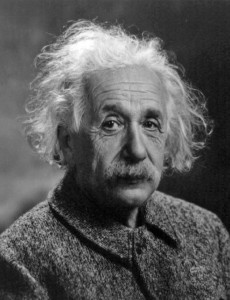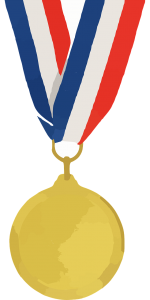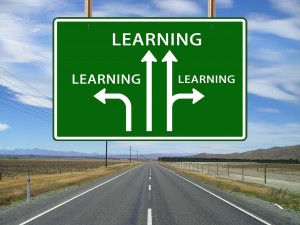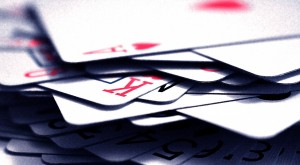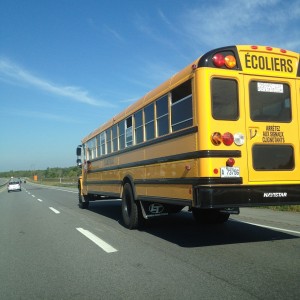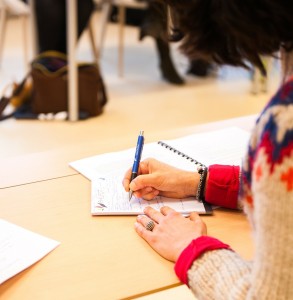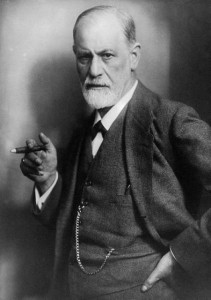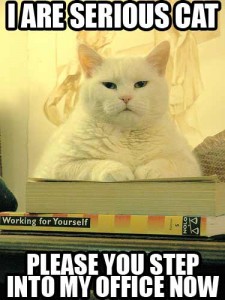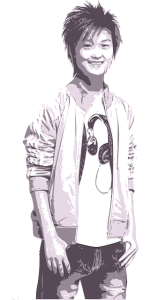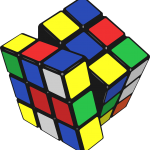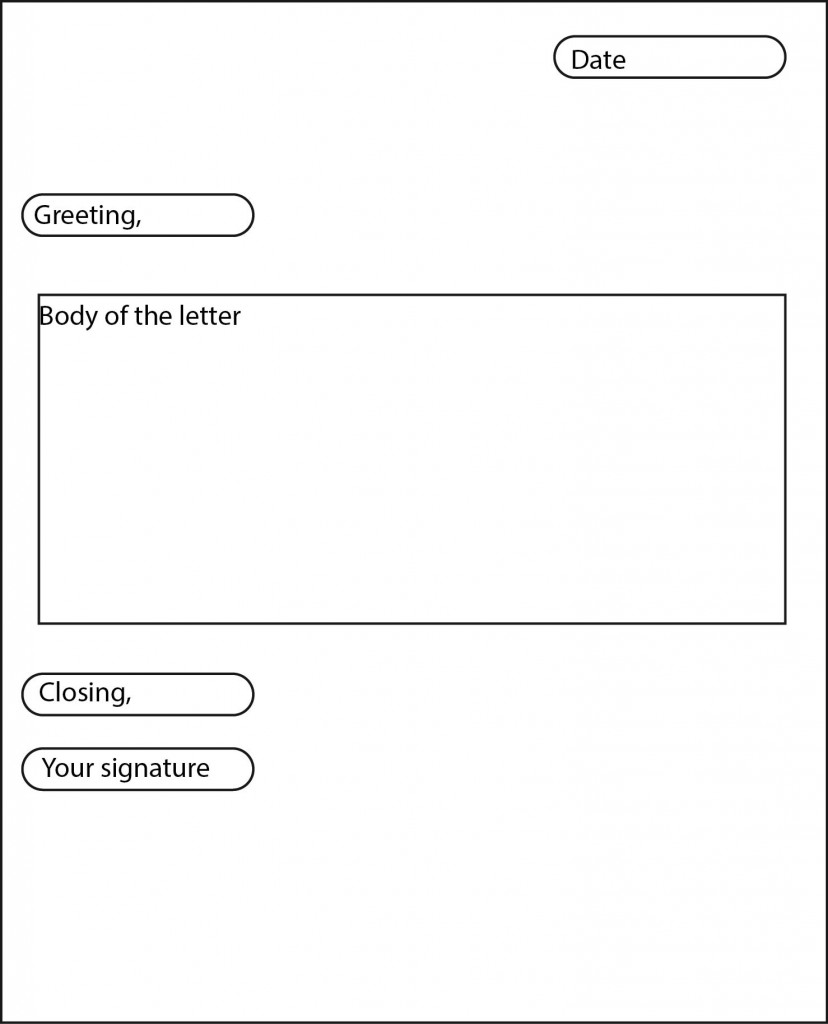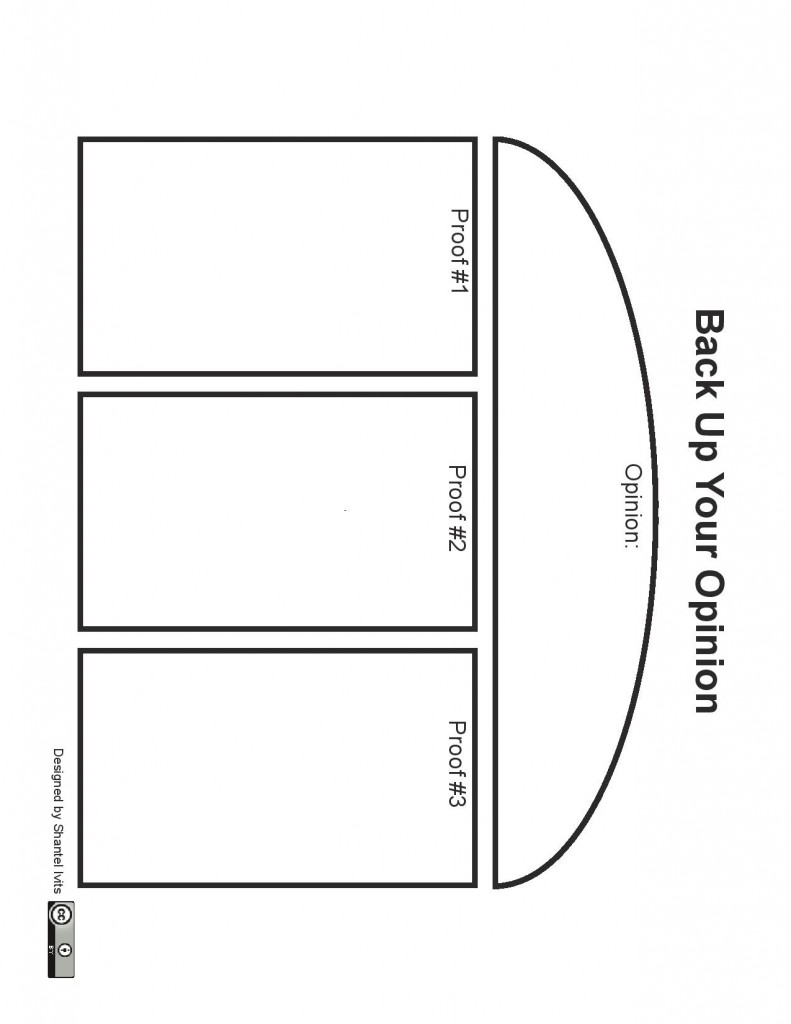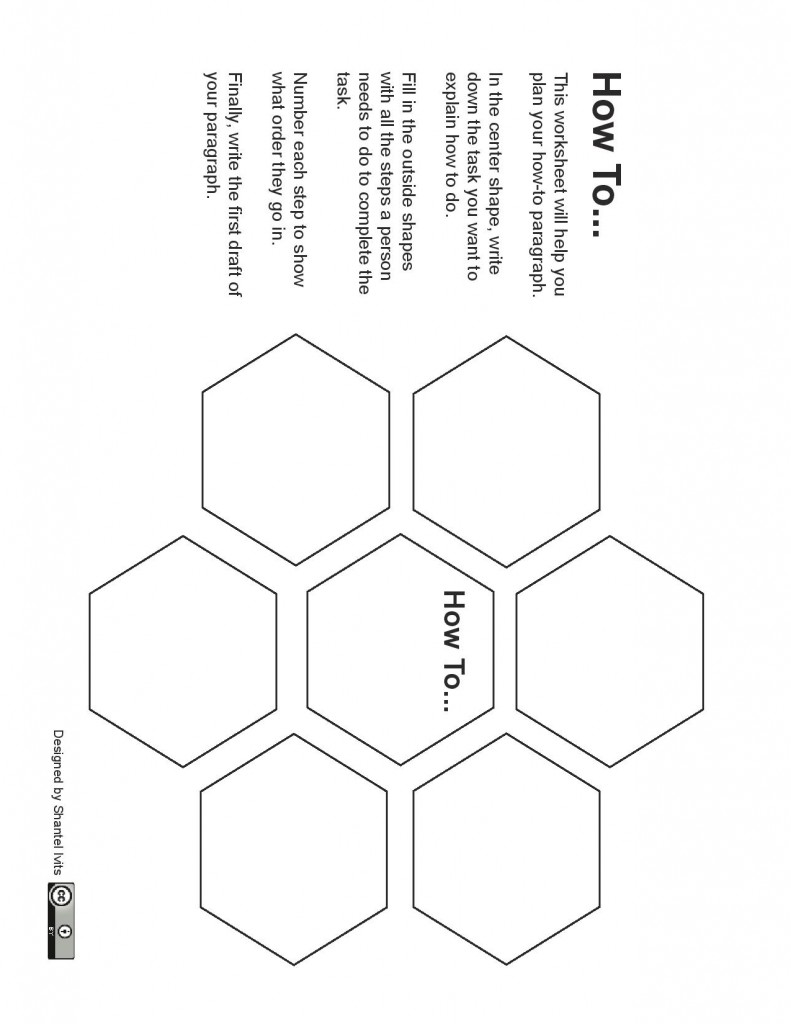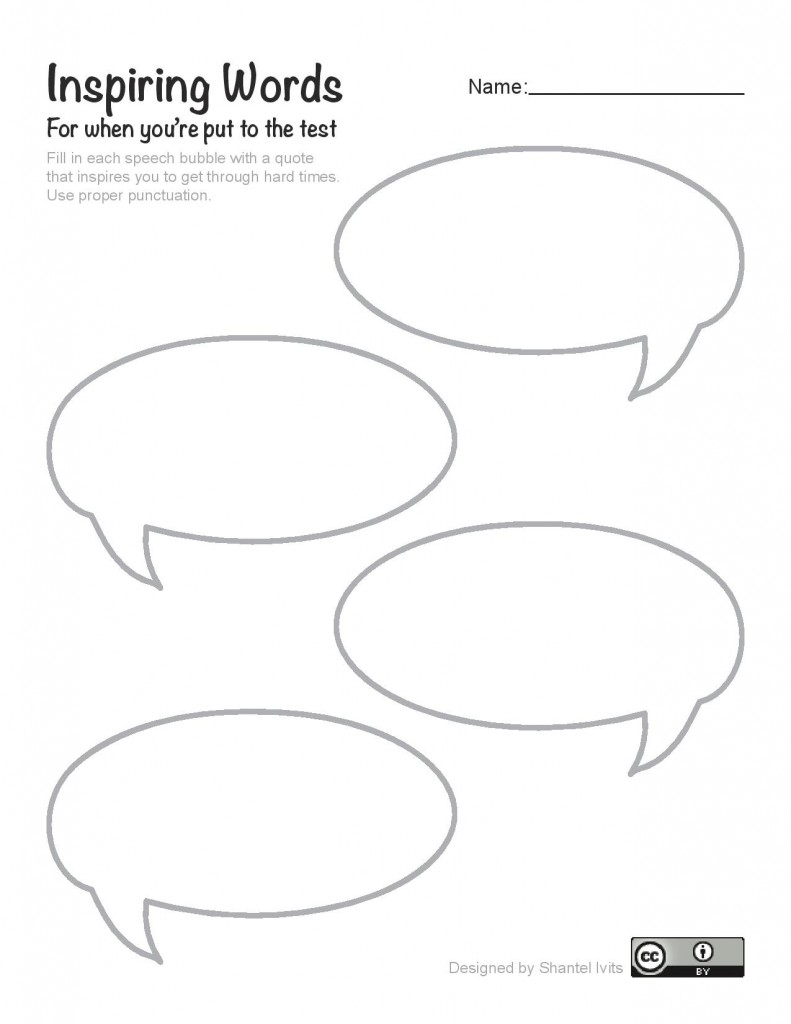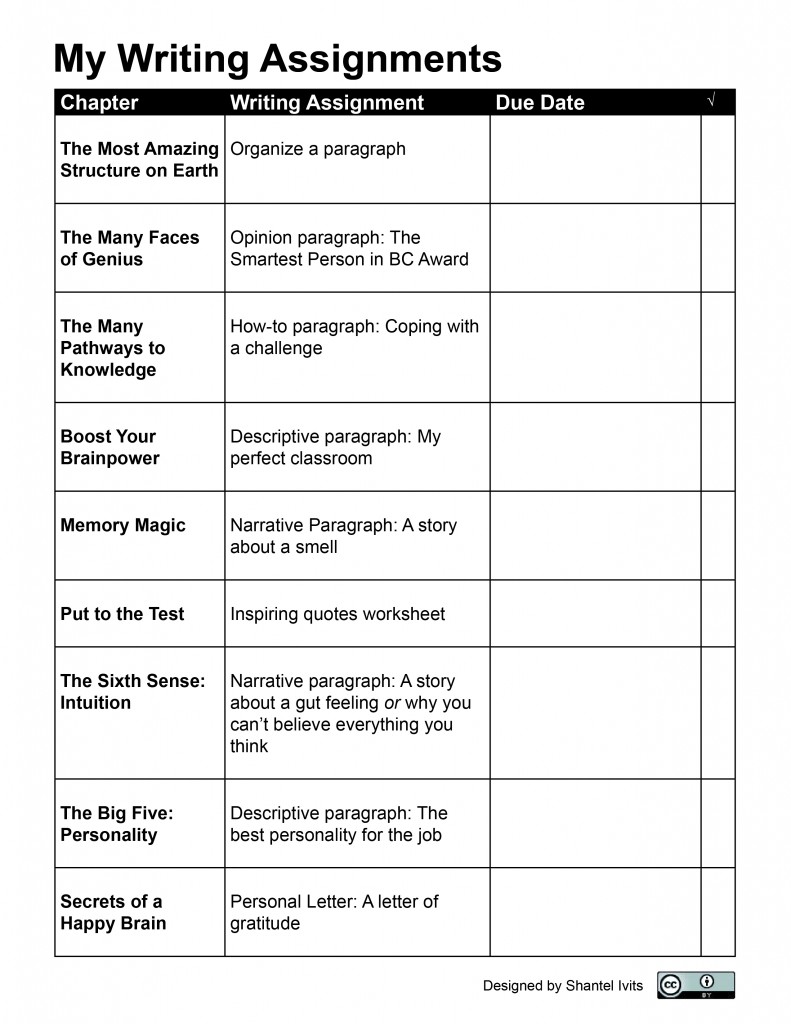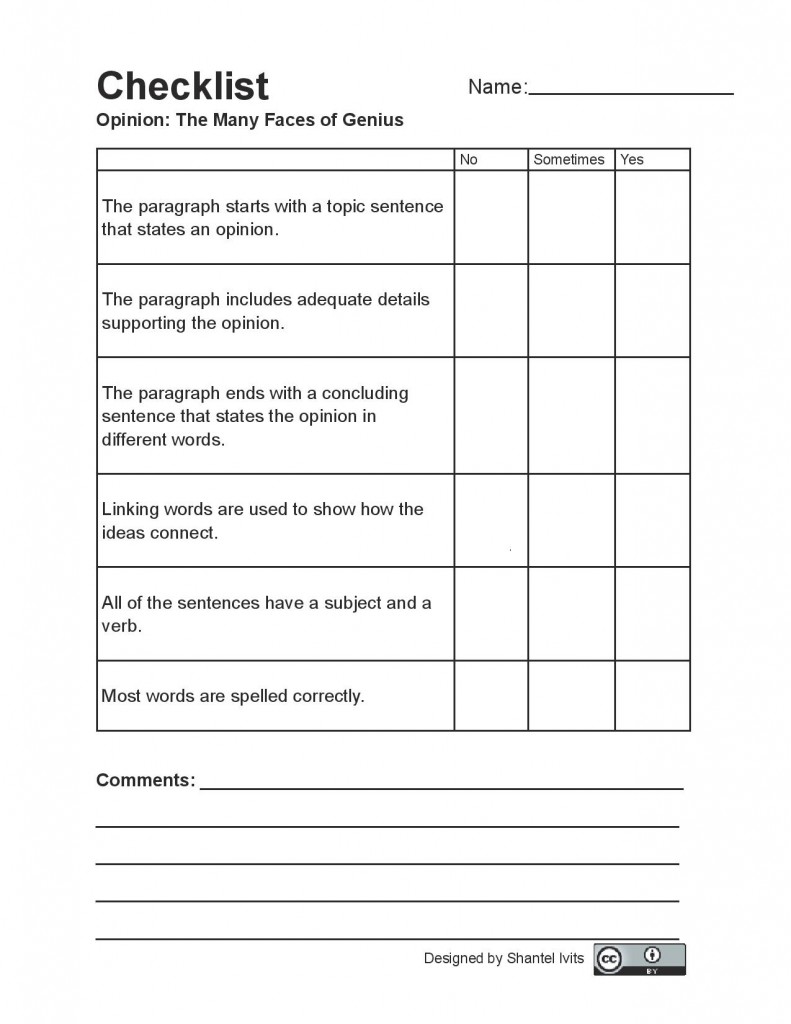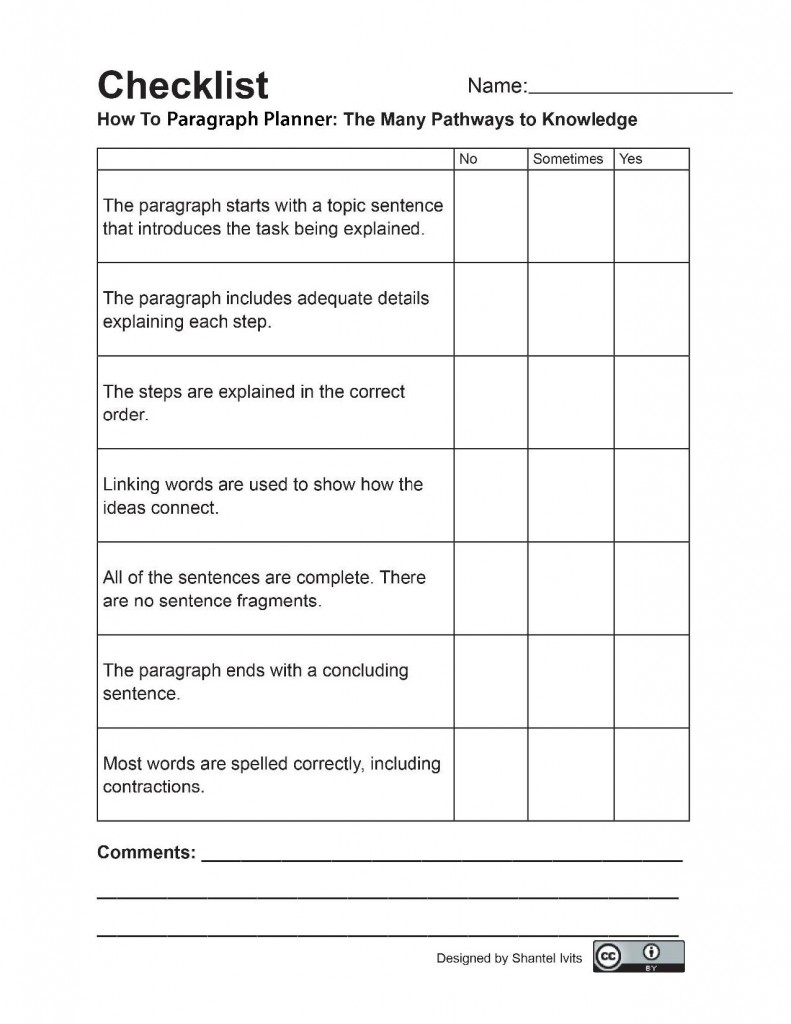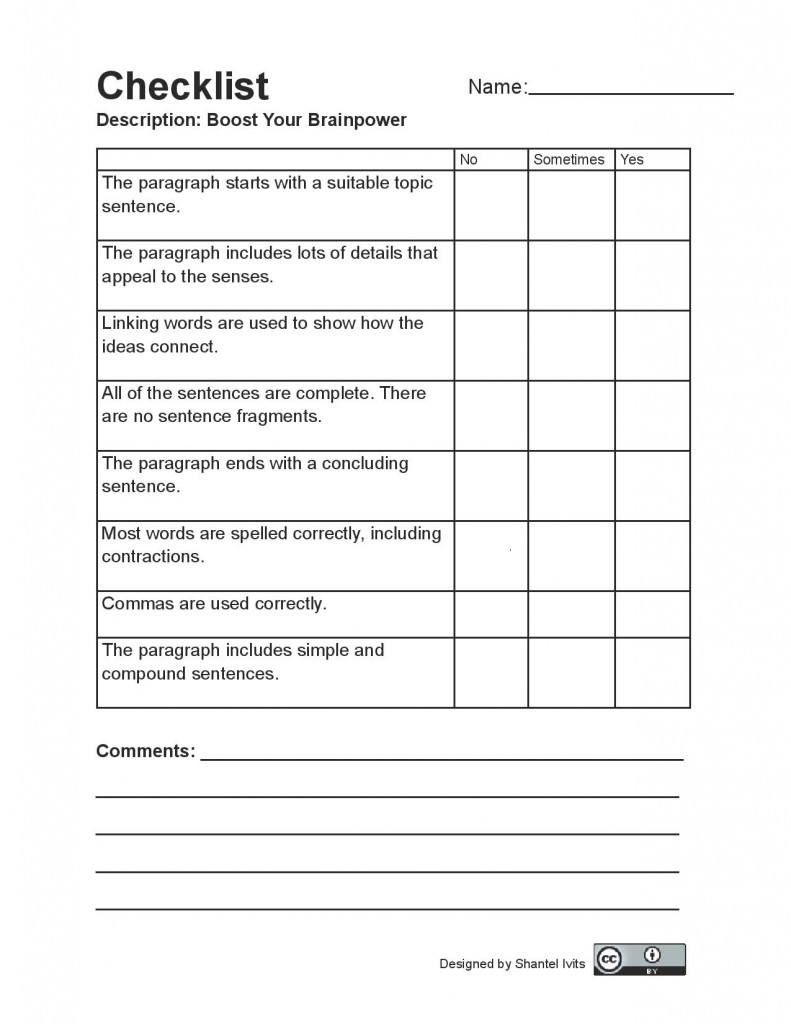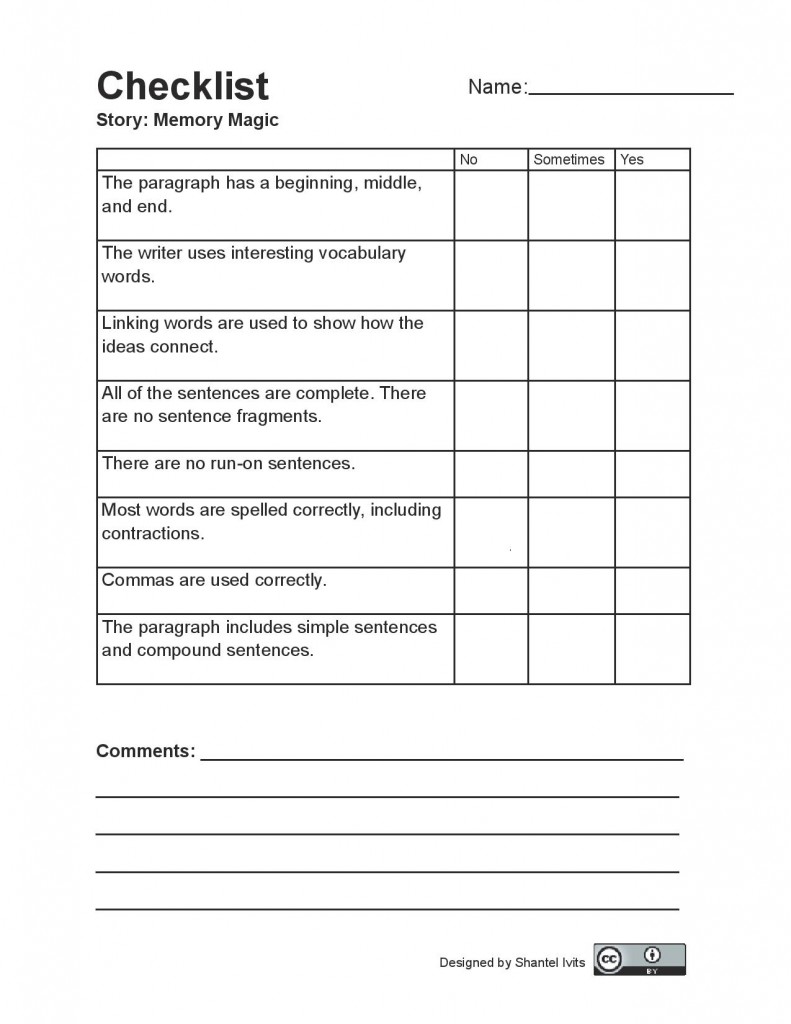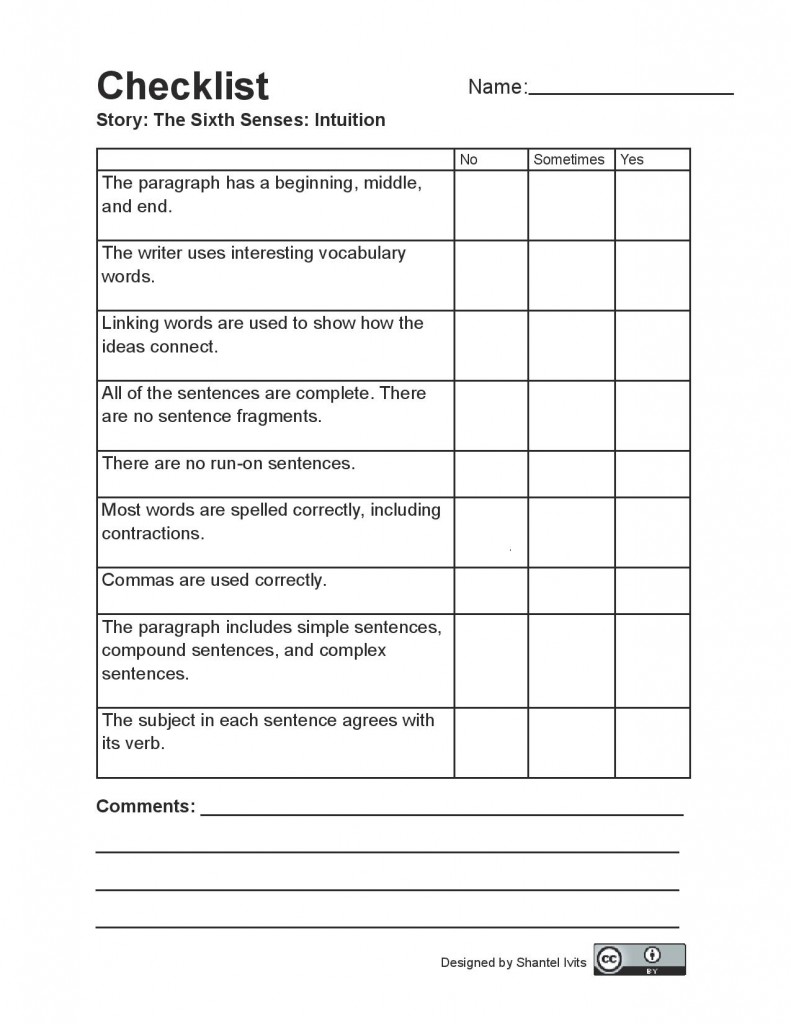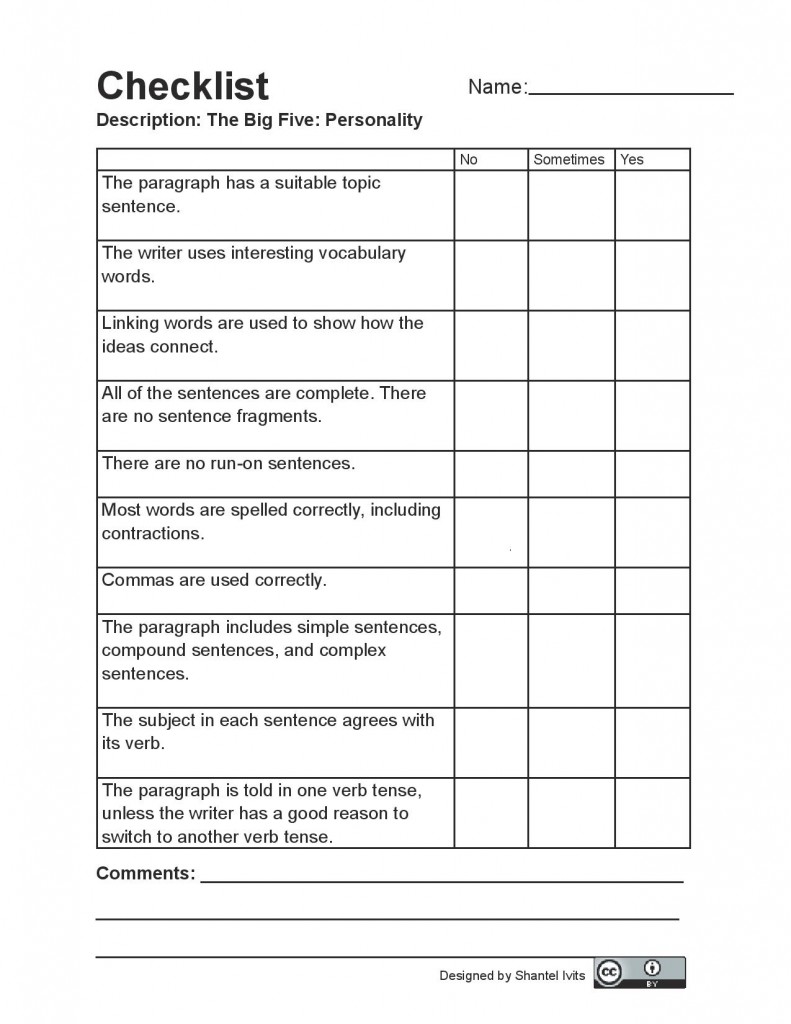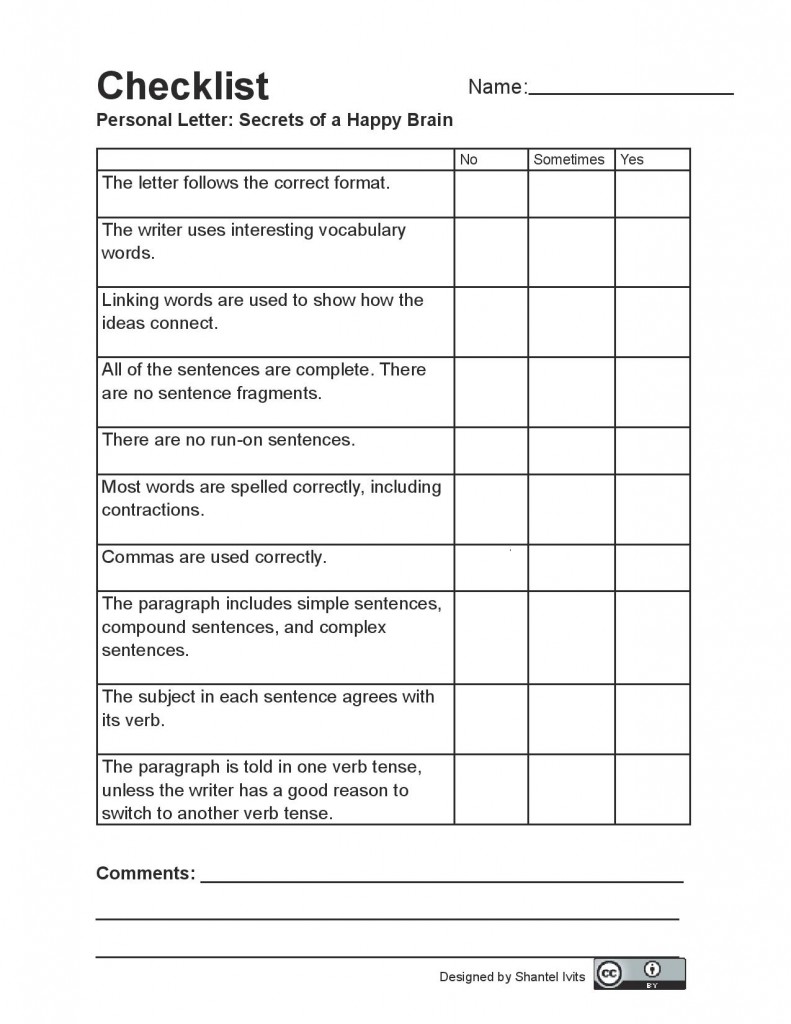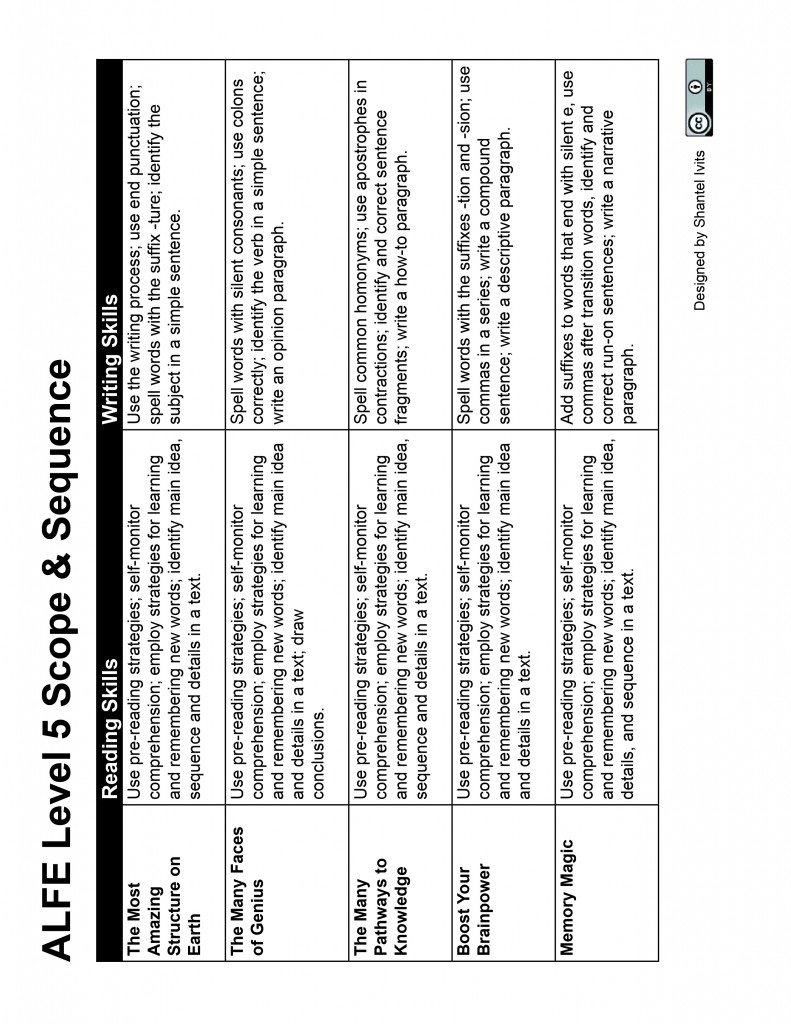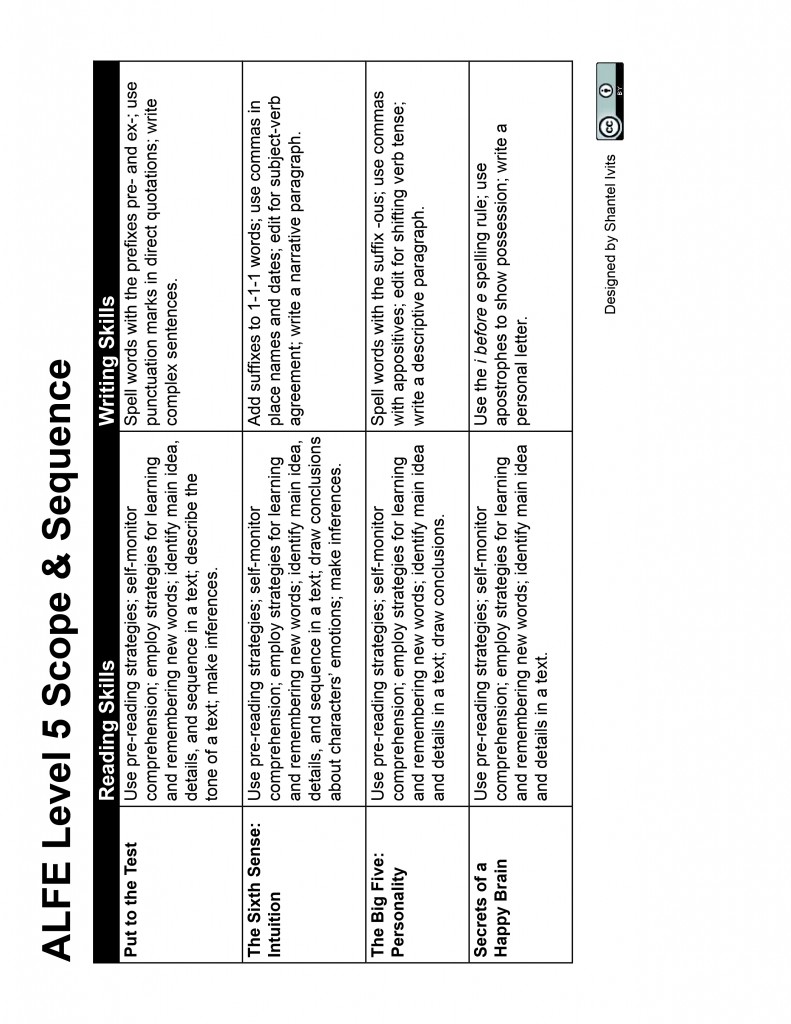Learning Goals
In this chapter, you will learn to:
- Use pre-reading strategies
- Use visualization to check your understanding while you read
- Build your vocabulary
- Understand the main ideas, sequence, and details of a text
- Spell words with the suffix -ture
- Use periods, question marks, and exclamation marks correctly
- Identify the subject in a simple sentence
- Understand the TOWER method of writing
- Organize a paragraph
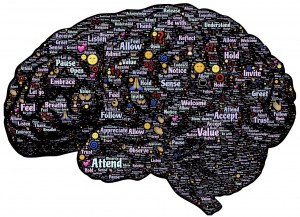
Human brain
Readers use titles, pictures, and their own knowledge to predict what will be in a text. A good place to begin is to figure out the topic. The topic of a text is the person or thing that the text is written about. To find the topic, start by looking at the title of the text. Usually, the topic is in the title, but this strategy doesn’t always work. The title The Most Amazing Structure on Earth doesn’t tell us exactly what the most amazing structure on Earth is. Another way to find the topic is to look for words that get repeated, especially in the first sentence of each paragraph.
Think about these questions or discuss them with a partner.
- Look quickly at the first reading. What do you think the “most amazing structure on Earth” is, according to the text?
- Without looking at the text, try to answer this question: Do scientists say there were always humans on Earth? What does science say about how we got here?
- In your opinion, what can a human brain do that makes it so special?
- What do you think is smarter: your brain or the best computer in the world? Why?
Readers check their understanding of a text while they read. In this book, you will practice strategies for checking whether you are really thinking about the words on a page. One strategy is to stop after each paragraph and ask yourself: Can I picture what the text is describing, like a movie playing in my mind? If you can’t picture it, then go back and try to visualize as you re-read the paragraph. If you like to draw, you can even doodle the pictures you see in your mind in the space beside the paragraph.
Try this strategy as you read The Most Amazing Structure on Earth.

Visualizing text
Find these words in the text. Use the context to choose the best meaning.
| complex | structure | wormlike | creature | nerves | capable |
| process | supercomputer | million | billion | trillion | |
1. A large and very fast computer is called a ______________________________.
2. ______________________________ carry messages between your brain and your body.
3. ______________________________ means able to do something.
4. An animal of any type could be called a ______________________________.
5. ______________________________ describes something that has many parts that go together in complicated ways.
6. A long, thin animal with a soft body and no arms or legs could be described as __________________________.
7. A ______________________________ is something that is built by putting parts together.
8. The number 1,000,000 is called one ______________________________.
9. The number 1,000,000,000 is called one ______________________________.
10. The number 1,000,000,000,000 is called one ______________________________.
11. ______________________________ means to take in something like information and use it.
Check your work with the Answer Key at the end of this chapter.
The main idea of a text is the point the writer is making about the topic. A text is usually written for one main purpose:
| Purpose | Example |
| To describe something | What do your grandfather’s chocolate chip cookies taste like? |
| To explain how to do something | How do you send an email? |
| To tell a story | What’s the story about why some people call this land Turtle Island? |
| To compare different things | Do you prefer skiing or snowboarding? |
| To explain the advantages or disadvantages of something | What are the disadvantages of credit cards? |
| To summarize something | What does the TV program guide say this show is about? |
We can figure out the main idea of a text by looking for the point of each paragraph.
1. The text has four paragraphs. Find the paragraph that matches each of the main ideas below.
a. Scientists don’t know everything about the brain, but what they have learned so far can help us in daily life.
b. The cerebral cortex, which has four parts, is the part of our brain that makes us so smart.
c. The brain has cells called neurons that are faster than any computer. Neurons send and receive information throughout the body, allowing us to think, remember, feel, and move.
d. A creature slowly developed into a human over millions of years.
2. Put these events in the correct sequence. Sequence refers to the order that things happen in.
a. The creature grew a spinal cord.
b. The creature became a fish.
c. The creature became a human.
d. The creature was like a worm.
e. The creature became a monkey.
f. The creature grew arms and legs.
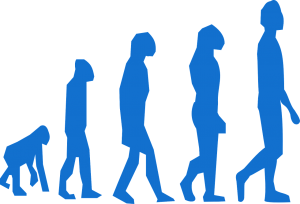
Human evolution
3. Are these details true or false?
a. The smartest part of our brain is its surface.
b. The front lobe of our brain processes images from the eyes.
c. The cerebral cortex has six parts.
d. Adults have about the same number of neurons as when they were babies, but now there are more connections between the neurons.
e. Computers are smarter than mice.
4. Fill in the blanks.
a. Our brains took about ____________________ million years to develop.
b. The four parts of the cerebral cortex are called ____________________.
c. The world’s best supercomputer is only about as fast as a ____________________ brain.
d. ____________________ is a word for a type of brain cell.
e. Information from the brain to the body travels along the ____________________.
Check your work with the Answer Key at the end of this chapter.
5. In your opinion, is the human brain the most amazing structure on Earth? Why or why not?
Ask your instructor to check your work.
A suffix is the end part of a word. Study these words ending in -ture. Arrange a date to be tested on your ability to spell these words.
structure creature mixture nature future | culture signature adventure departure furniture |
One way to learn to spell a new word is to break it into syllables. Try it. Remember that -ture is its own syllable.
1. structure = ____________________________________________
2. creature = _____________________________________________
3. mixture = _____________________________________________
4. nature = _____________________________________________
5. future = _____________________________________________
6. culture = _____________________________________________
7. signature = _____________________________________________
8. adventure = ____________________________________________
9. departure = _____________________________________________
10. furniture = _____________________________________________
Check your work with the Answer Key at the end of this chapter.
Punctuation refers to the marks we use in sentences to make our meaning clear. Punctuation marks that come at the end of sentences are called end punctuation.
Grammar Rule
There are three kinds of end punctuation:
The period is used at the end of a statement.
Example: People used to think of the brain as useless stuffing.
The exclamation point is used at the end of a word, phrase, or statement to express strong feeling, like happiness, anger, or surprise.
Example: Your brain is so complex that it took about 700 million years to develop!
The question mark is used at the end of any sentence that asks a question. Questions often begin with “who,” “what,” “where,” “when,” “why,” or “how.”
Example: What do you think is more powerful: your brain or a supercomputer?
Fill in all the periods, exclamation marks, and question marks needed in these sentences.
1. How big is your brain It is about the same size as your two fists pushed together
2. Wow You could fit 30,000 neurons on the head of a pin
3. Did you know the brain contains enough energy to power a light bulb
4. The outer part of the brain is a yellowish-grey colour
5. One neuron can have up to 10,000 connections Who knew
6. No way An American chicken named Mike survived for 18 months after his head was cut off and a small part of his brain was left behind
7. Our noses can detect between 4,000 and 10,000 smells
8. We spend one-third of our lives asleep That’s a lot of sleep
Check your work with the Answer Key at the end of this chapter.
One way to improve your writing is to use a variety of sentences. In this book, you will learn to write three sentence types: simple sentences, compound sentences, and complex sentences. A simple sentence is a complete sentence if it has:
- a subject
- a verb
- a complete thought
Grammar Rule
The subject of a sentence is the person or thing doing the action.
- The subject can be a person:
Example: Marie Curie won two Nobel Prizes.
- The subject can be a place:
Example: The Empress Hotel serves 500,000 cups of tea every year.
- The subject can be a thing:
Example: The skull protects the brain.
Look at these simple sentences. Underline the subjects.
1. You sleep for about 30% of your life.
2. Monks train their minds to focus on one thing for long periods of time.
3. Bill Reid created brilliant art.
4. The College of New Caledonia opened in 1969.
5. Denmark provides free a college and university education to the people who live there.
6. Lucknow, India, is home to the biggest school in the world.
7. Chess gives your brain a good workout.
8. The spinal cord acts like an information highway between the brain and the rest of the body.
Check your work with the Answer Key at the end of this chapter.
During your time as a student, you will likely be asked to write many kinds of paragraphs. In this book, you will learn how to write paragraphs that describe things, explain how to do things, tell a story, or give an opinion. No matter what kind of writing task you are working on, there is a strategy you can use to stay on track. It’s called TOWER. The letters in TOWER stand for Think, Organize, Write, Edit, and Rewrite.

Eiffel Tower
Think: Think about what the assignment is asking you to do. Brainstorm all the ideas that come to mind. Write each one down, even if you probably won’t use it. Bad ideas are the soil in which good ideas grow! Don’t worry about spelling or writing in complete sentences.
Organize: Choose your best ideas. Decide what order they should go in.
Write: Do a first draft of your paragraph. Don’t worry too much about spelling and grammar. Just get your ideas down in a way that makes sense. Make sure to begin with a topic sentence to introduce the main idea of your paragraph. Add your details in the right order. Finish with a concluding sentence that reminds the reader of the main idea. At this point, you may want to put your draft aside so you can look at it with fresh eyes later.
Edit: Use a different colour to make edits to your writing. Check to see how it sounds when you read it out loud. Is the meaning clear? Are there any details that are missing or off topic? Should you use different sentence types to make it flow more smoothly? Are there any words that you want to change to make your writing more alive? Are all your sentences complete? Do you need to check the spelling of any words in a dictionary?
Rewrite: Write a final copy of your paragraph that includes all your edits. You may wish to type it on a computer. Finally, hand it in to your instructor.
Writing Task
The sentences below make up an opinion paragraph, but their order is mixed up. Decide what order the ideas belong in. Then rewrite the sentences to create a well-organized paragraph.
• Second, it can hold a huge amount of information.
• A signal in your brain can travel at speeds of 241 km/hour.
• First, it’s extremely fast.
• In conclusion, while Earth is full of wonders, these facts prove that nothing can compete with the human brain.
• The brain can hold about 1,000 times more information than Apple’s best desktop computer.
• The human brain is the most amazing structure on Earth.
• Third, it is capable of a wide variety of skills.
• What other structure on Earth is capable of scientific discovery, intense emotions, ethical decision-making, planning for the future, creating art, and inventing all kinds of tools for making life easier?
Check your work with the Answer Key at the end of this chapter.
Answer Key
| Vocabulary |
| QUESTION | ANSWER |
| 1 | supercomputer |
| 2 | nerves |
| 3 | capable |
| 4 | creature |
| 5 | complex |
| 6 | wormlike |
| 7 | structure |
| 8 | million |
| 9 | billion |
| 10 | trillion |
| 11 | process |
| Check Your Understanding |
| QUESTION | ANSWER |
| 1a | paragraph 4 |
| 1b | paragraph 2 |
| 1c | paragraph 3 |
| 1d | paragraph 1 |
| 2 | d, a, b, f, e, c |
| 3a | true |
| 3b | false |
| 3c | false |
| 3d | true |
| 3e | false |
| 4a | 700 |
| 4b | lobes |
| 4c | mouse |
| 4d | neuron |
| 4e | spinal cord |
| 5 | As with any opinion question, answers will vary. |
| Spelling |
| QUESTION | ANSWER |
| 1 | struc-ture |
| 2 | crea-ture |
| 3 | mix-ture |
| 4 | na-ture |
| 5 | fu-ture |
| 6 | cul-ture |
| 7 | sig-na-ture |
| 8 | ad-ven-ture |
| 9 | de-par-ture |
| 10 | fur-ni-ture |
| End Punctuation |
| QUESTION | ANSWER |
| 1 | How big is your brain? It is about the same size as your two fists pushed together. |
| 2 | Wow! You could fit 30,000 neurons on the head of a pin. |
| 3 | Did you know the brain contains enough energy to power a light bulb? |
| 4 | The outer part of the brain is a yellowish-grey colour. |
| 5 | One neuron can have up to 10,000 connections. or One neuron can have up to 10,000 connections! Who knew? |
| 6 | No way! An American chicken named Mike survived for 18 months after his head was cut off and a small part of his brain was left behind. |
| 7 | Our noses can detect between 4,000 and 10,000 smells. or Our noses can detect between 4,000 and 10,000 smells! |
| 8 | We spend one-third of our lives asleep. That’s a lot of sleep! |
| Simple Sentences: Identifying the Subject |
| QUESTION | ANSWER |
| 1 | You sleep for about 30% of your life. |
| 2 | Monks train their minds to focus on one thing for long periods of time. |
| 3 | Bill Reid created brilliant art. |
| 4 | The College of New Caledonia opened in 1969. |
| 5 | Denmark provides free college and university education to the people who live there. |
| 6 | Lucknow, India, is home to the biggest school in the world. |
| 7 | Chess gives your brain a good workout. |
| 8 | The spinal cord acts like an information highway between the brain and the rest of the body. |
| Writing |
| The human brain is the most amazing structure on Earth. First, it’s extremely fast. A signal in your brain can travel at speeds of 241 km/hour. Second, it can hold a huge amount of information. The brain can hold about 1,000 times more information than Apple’s best desktop computer. Third, it is capable of a wide variety of skills. What other structure on Earth is capable of scientific discovery, intense emotions, ethical decision-making, planning for the future, creating art, and inventing all kinds of tools for making life easier? In conclusion, while Earth is full of wonders, these facts prove that nothing can compete with the human brain. |
Attributions
Human brain
Image by johnhain is in the public domain.
Visualizing text
Image by geralt is in the public domain.
Human evolution
Image by ClkerFreeVectorImages is in the public domain.
Eiffel Tower
Image by Gaertringen is in the public domain.





